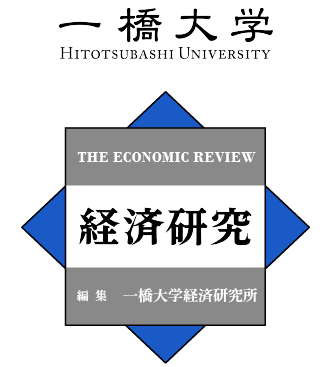Oct. 25, 2020
どのような企業のサービスの質が高いのか? --顧客満足度指数を利用した実証分析--
Who Provides High-Quality Services? Evidence from the Survey on Customer Satisfaction
要旨Abstract
本研究は,日本生産性本部が2009年から計測を行っている企業(ブランド)レベルの顧客満足度指数を用いて,当該指数で計測された「サービスの質」と企業属性および外部環境との関係を実証的に検討したものである.得られた推定結果から,第一に,流動性資産を多く保有する企業の顧客満足度が相対的に高いという特徴が確認された.この結果は,一種の無形資産と位置付けられる顧客満足度(サービスの質)の蓄積に当たって,十分な手元流動性が必要となる可能性を示唆している.第二に,長期に亘り企業活動を継続している老舗企業について相対的に高い顧客満足度が観察された.この結果は,高い顧客満足度の実現にとってサービス提供に関する長年の経験が重要となり得ることを意味している.第三に,各企業が直面する競争度合いをプライスコストマージンによって計測した上で,顧客満足度との関係を確認したところ,競争度が特に高い場合と特に低い場合(独占度が高い場合)において相対的に高いサービスの質が観察された.このような競争度とサービスの質との間における非線形性は,厳しい競争が企業に対する品質改善のプレッシャーとして働く一方,高い独占度の下ではサービスの質の改善に対応した需要を獲得できるため品質向上の誘因が働きやすい,という二つの異なるメカニズムを反映しているものと考えられる.なお,本稿で用いた顧客満足度は,大半の分析対象企業において労働生産性と正の相関関係を有しており,生産性の面で優れた企業がサービスの質についても高い水準を実現していることが確認されるものの,一部の業種においては低生産性企業が高い顧客満足度を示す例も見られるなど,各企業の技術的な選択の結果として発現する生産性とサービスの質の組み合わせが,同一産業内であっても多岐に亘る可能性を示唆している.
Quality is the most important characteristics of services. Therefore, in this study, using a survey by Japan Productivity Center on customer satisfaction, we examine which types of firms tend to provide higher-quality services. Our empirical analysis suggests the following three features with respect to the association between firms’ attributes and service quality. First, firms holding greater amounts of liquid assets tend to provide high-quality services, implying that customer satisfaction is associated with the accumulation intangible, manageable assets. Second, older firms tend to provide high-quality services, suggesting that the accumulation of business experiences leads to high-quality services. Third, while we confirm that firms exhibiting substantially high productivity tend to obtain high customer satisfaction, we also find that firms with seemingly low productivity attain high customer-satisfaction. Such a non-linear relation between productivity and customer satisfaction depends on industry characteristics.
書誌情報Bibliographic information
Vol. 69, No. 4, 2018 , pp. 346-362
HERMES-IR(一橋大学機関リポジトリ): https://hdl.handle.net/10086/29642
JEL Classification Codes: D24, M21, M37
